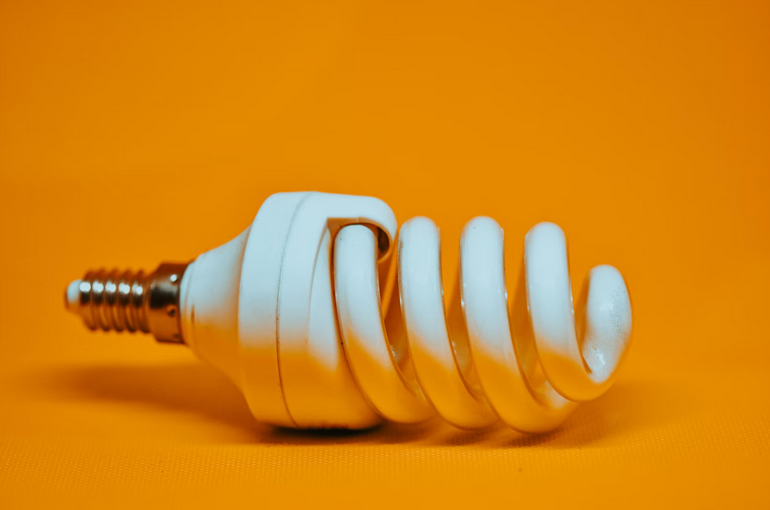In an era where environmental awareness is paramount, the search for sustainable solutions extends to every aspect of our lives – including lighting. Enter LED lighting, the eco-friendly champion of the illumination world. With its efficiency, longevity, and minimal environmental impact, LED lighting is the go-to choice for environmentally conscious consumers and businesses. But what exactly makes LED lighting the superior choice for the planet?
Today, we’re shedding light on the top five reasons why LED lighting is better for the environment. And when it comes to LED lighting solutions, it’s worth exploring options from innovative LED lighting manufacturers. So, let’s illuminate the path to a greener future.
Energy Efficiency

At the heart of LED lighting’s eco-friendly appeal lies its exceptional energy efficiency. Unlike traditional incandescent bulbs, which waste a significant portion of energy as heat, LED bulbs convert almost all the electricity they consume into light. This means they require significantly less energy to produce the same amount of illumination, resulting to lower power bills and less greenhouse gas emissions.
Longevity
Another key advantage of LED lighting is its remarkable longevity. LED bulbs averagely have a lifespan of 25,000 to 50,000 hours – up to 25 times longer compared to traditional incandescent bulbs and significantly longer than compact fluorescent lamps (CFLs). This extended lifespan reduces the frequency of bulb replacements and decreases the amount of waste generated over time. Consumers minimize their environmental footprint and leading to a more sustainable future by opting for LED lighting.
Minimal Environmental Impact
With environmental impact, LED lighting shines bright. Unlike CFLs, which contain mercury and require special disposal procedures, LED bulbs are free of hazardous materials and can be safely recycled at the end of their lifespan. Additionally, LED manufacturing processes produce fewer greenhouse gas emissions and toxic byproducts than traditional lighting technologies. By choosing LED lighting, consumers can reduce their contribution to landfills and minimize their overall environmental impact.
Compatibility With Renewable Energy

LED lighting is ideally suited to integrating renewable energy sources such as solar and wind power. Its low energy requirements and high efficiency make it an ideal partner for renewable energy systems, allowing consumers to reduce further their reliance on fossil fuels, transitioning to greener energy future. By combining LED lighting with renewable energy technologies, businesses and individuals can take significant strides toward sustainability and reduce their carbon footprint.
Reduced Light Pollution
In addition to the energy efficiency and longevity, LED lighting offers another eco-friendly benefit: reduced light pollution. Traditional lighting sources such as streetlights and outdoor fixtures often emit excessive glare and light spillage, disrupting natural ecosystems and obscuring the night sky. On the other hand, LED lighting can be precisely directed and controlled to minimize light trespass and glare, preserving the beauty of our nighttime environment. By embracing LED technology, communities can enjoy safer and more sustainable outdoor lighting solutions while minimizing their impact on local wildlife and ecosystems.
In conclusion, LED lighting is a beacon of hope for a more sustainable future. LED lighting offers a compelling solution for eco-conscious consumers and businesses with its energy efficiency, longevity, minimal environmental impact, reduced light pollution, and compatibility with renewable energy sources. By switching to LED lighting, we can illuminate our homes, offices, and communities while also lighting the way to a greener, brighter tomorrow.

